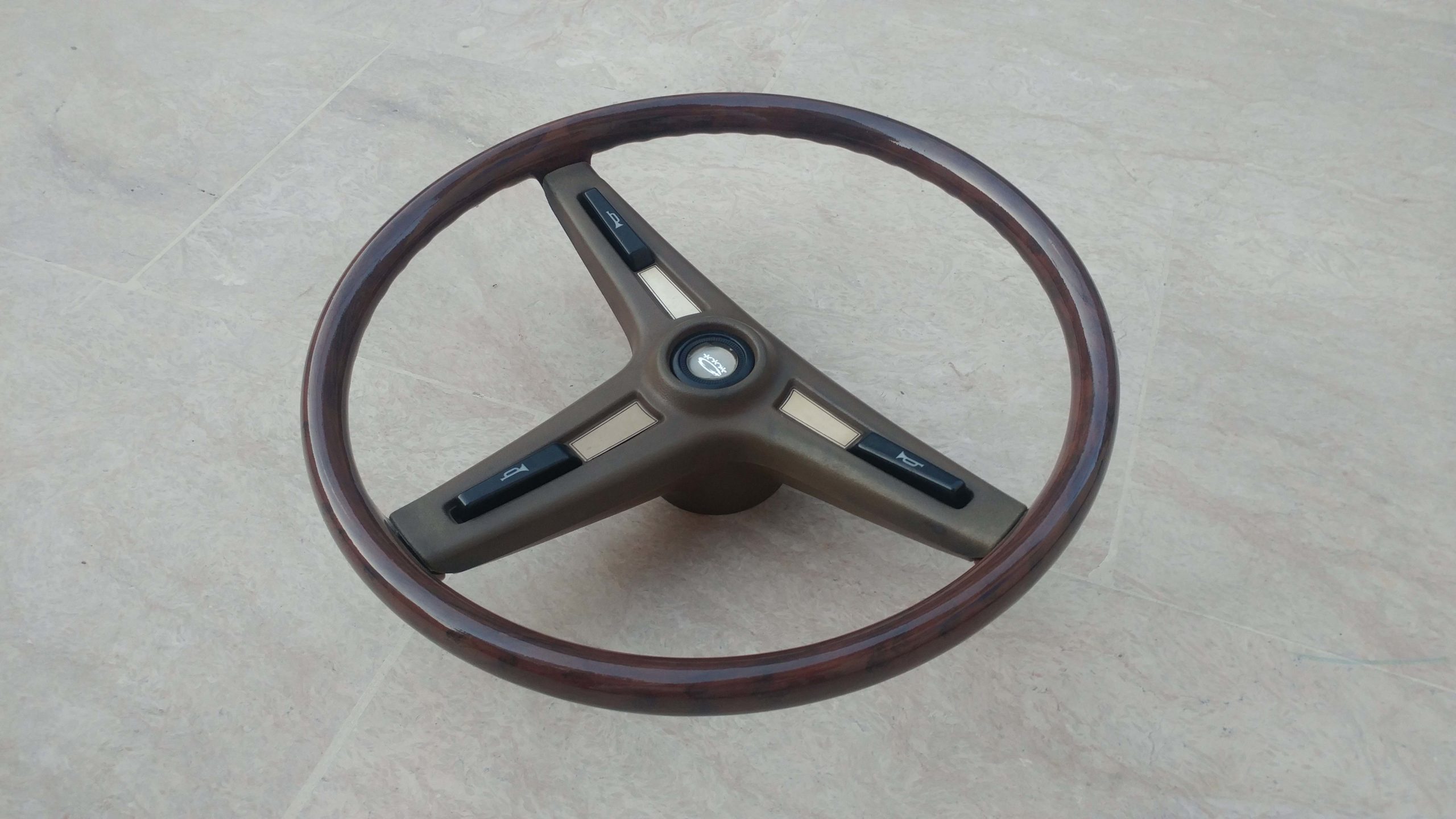
Other differences of the JDM model included a more track-oriented chassis/undercarriage settings as compared to the European model as well as a more powerful engine having a power output of 215 PS (158 kW 212 hp) (designated K20A) had a fully-balanced crankshaft assembly with the different intake manifold, exhaust manifold, high-lift camshafts, high-compression pistons, chrome-moly flywheel and ECU programming. However, Honda marketed a JDM ( Japanese domestic market) version of the EP3 (which was exclusively manufactured in Swindon, UK and was shipped to Japan), which retained the highly renowned helical LSD similar to that of the EK9 and red Recaro race seats. This European Domestic Market Civic Type R featured a 200 PS (147 kW 197 hp) 2.0-liter i-VTEC engine (K20A2) and the regular Type R treatment of seam welding, close-ratio 6-speed transmission and upgraded brakes, but did not include some of the other higher-end features such as the helical limited-slip differential and red Recaro race seats that were standard on the EK9. In 2001, Honda introduced the next generation of the Civic Type R as a unique 3-door hatchback to the UK market, which was manufactured in Swindon, England. In 1999, Honda tuning company Spoon Sports designed an N1 racing version of the Type R that had the B16B engine redline increased from 8,400 rpm to 11,000 rpm. Production of the EK9 Civic Type R totalled 16,000 units. The Type Rx was the final model of the EK9 generation.

The Type Rx model introduced in 1999 was given a CD player, body-colored retractable electric door mirrors, power windows, auto air conditioning, keyless entry unlock system, aluminium sports pedals, and a carbon type centre panel.
#9TH GEN CIVIC JDM STEERING WHEEL EMBLEM MANUAL#
It came with steel wheels, the standard grey EK interior, manual windows, no air conditioning and without any other creature comforts. In 1998, the Civic Type R Motor Sports edition was introduced. The EK9 could attain a top speed of 225 km/h (140 mph). Performance figures include a 0–97 km/h (0–60 mph) acceleration time of 6.7 seconds and a quarter-mile time of 15.3 seconds. The EK9 was only available for sale in Japan. The interior featured red Recaro bucket seats, red door cards, red Type R floor mats, a titanium shift knob, and a Momo leather-wrapped steering wheel.

For the first time, a strategically seam-welded monocoque chassis was used to improve chassis rigidity. The B16B engine boasted one of the highest power output per liter of all time for a naturally aspirated engine with 185 PS (136 kW 182 hp) at 8,200 rpm and 160 N⋅m (118 lb⋅ft) at 7,500 rpm of torque from 1.6 L (1,595 cc) of displacement. The EK9 shared many characteristics with the Integra Type R DC2/JDM DB8 such as omission of sound deadening and other weight reduction measures, a hand-ported 1.6-litre DOHC VTEC B16B 4-cylinder engine, front-helical limited-slip differential and a close-ratio 5-speed manual transmission. The first Civic to receive the Type R badge was introduced on August 19, 1997, as the EK9. Like its sibling, the Integra Type R DC2/JDM DB8, the Civic SiR's transformation into a Type R was achieved by working on the base model and improving it to Honda's idea of a car capable of high performance on the circuit. The contributing base model was the JDM Civic 3-door hatchback called the SiR (code-named EK4). The first Civic to receive the ' Type R' nameplate was based on the sixth-generation of the fan-base 'EK' Civic.


 0 kommentar(er)
0 kommentar(er)
